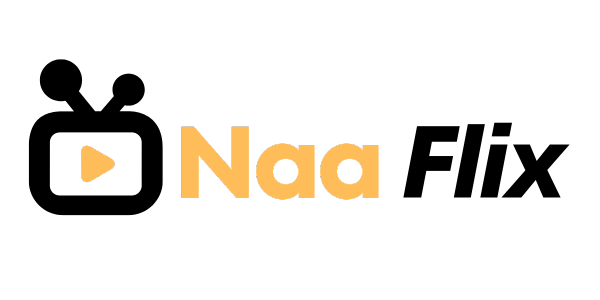Neurolinguistic Programming and Professional Development Improving Communication Skills

The meaning of NLP
The name ‘Neurolinguistic programming’ comes from the disciplines which influenced its early development. The relationship between our perceptions, thinking and behavior is therefore neuron-linguistic in nature. It is the ability to discover and rationalize the programmers we run as manifested in our behavior, and an awareness of the coding and the modeling process, which provides a basis for effective professional self-development. There are relationships between NLP and an understanding of body language. Eye gaze, facial expressions, gestures, orientation, posture, body contact, dress, odor and territory are all elements linked to body language communication. Rapport is created by matching and mirroring the other person’s behavior – mirroring voice tone/tempo, breathing rate, movement or body posture and other aspects of body language. Learning how to build and maintain rapport is a way of enhancing influence and strengthening relationships. For NLP there needs to be the focus on developing self-belief, confidence and excellent performance, which will be subsequently manifested through body language.
The historical background
They were interested in the possibility of being able to duplicate the behavior, and therefore the power and influence, of highly effective people. They used technology from linguistics and information science, combined with insights from behavioral psychology and general systems theory, to unlock the secrets of highly effective communication, originally by working with some of the world’s most effective practicing psychotherapists. Virginia Stair, a founder of Family Therapy and Systemic Therapy, Milton Erikson, founder of the American Society of Clinical Hypnosis, and Fritz Perl’s, the founder of Gestalt Therapy provided the first models whose skills were learned by others.
The nine presuppositions and seven pragmatic models
Seven of the pragmatic models associated with NLP are built on these presuppositions and are explored below. These provide opportunities for enhanced understanding and better communication, which are central to improved teaching and leadership skills through professional development.
Nlp and health
There are techniques for diagnosing and intervening with NLP-associated techniques which deal with improving health or managing stress. There are, for example, ways to de-traumatize past traumas and ways to identify and integrate conflicting belief systems that keep people from doing things they want to do. These problems may prevent professional development.
Model nlp exercises
The exercises simplified from Andreas and Faulkner illustrate the NLP process. Their book has many exercises which cover, in addition to the areas below, discovering your mission, creating rapport and strong relationships, building self-confidence and achieving peak performance. The outlines below illustrate NLP techniques. If you are planning to use them please refer to the original text.
Communication
Neurolinguistic programming teaches us how to get a good rapport with another person through the skillful use of body posture and movement, voice tone quality, language content and listening and observational skills; how to interpret meaning; how and what to observe in the behaviors of a person we are communicating with in order to be able to understand her/his inner states; how to prepare and lead conversations; and how to formulate and reach one’s own goals (Thompson, 1994). Skilled coaches have unique ways of building deep levels of instant rapport through their ability to match subtleties in behavior and language that are outside conscious awareness.
Personal development
Neurolinguistic programming is unique in the fields of human functioning in that its entire focus is on personal development. It is about how people do things, think, process information and behave. It shows us how to develop dormant resources. We discover how to attain personal and professional goals through creating a compelling life purpose, how to open up to what is within in order to retrieve spontaneously the verbal expressions that are the most adapted to a particular context. It is also about how to be at ease on the functional level, how to face all kinds of difficulties, how to know ourselves better, how to proceed in order to challenge yourself as appropriate and how to uncover your essential value as a human being.
Conclusion
Neurolinguistic programming is a manifestation of the Full (1993) assertion ‘the starting point for what’s worth fighting for is not system change, not change in others around us, but the change in ourselves. Mahoney suggests you need to not only ask, ‘Who am I as a leader?’ and, ‘What do I think as a leader?’ but to picture yourself fully living the role before you can know the answer. You need to explore whether there are messages inside your head constraining and limiting your success and to put these aside.





